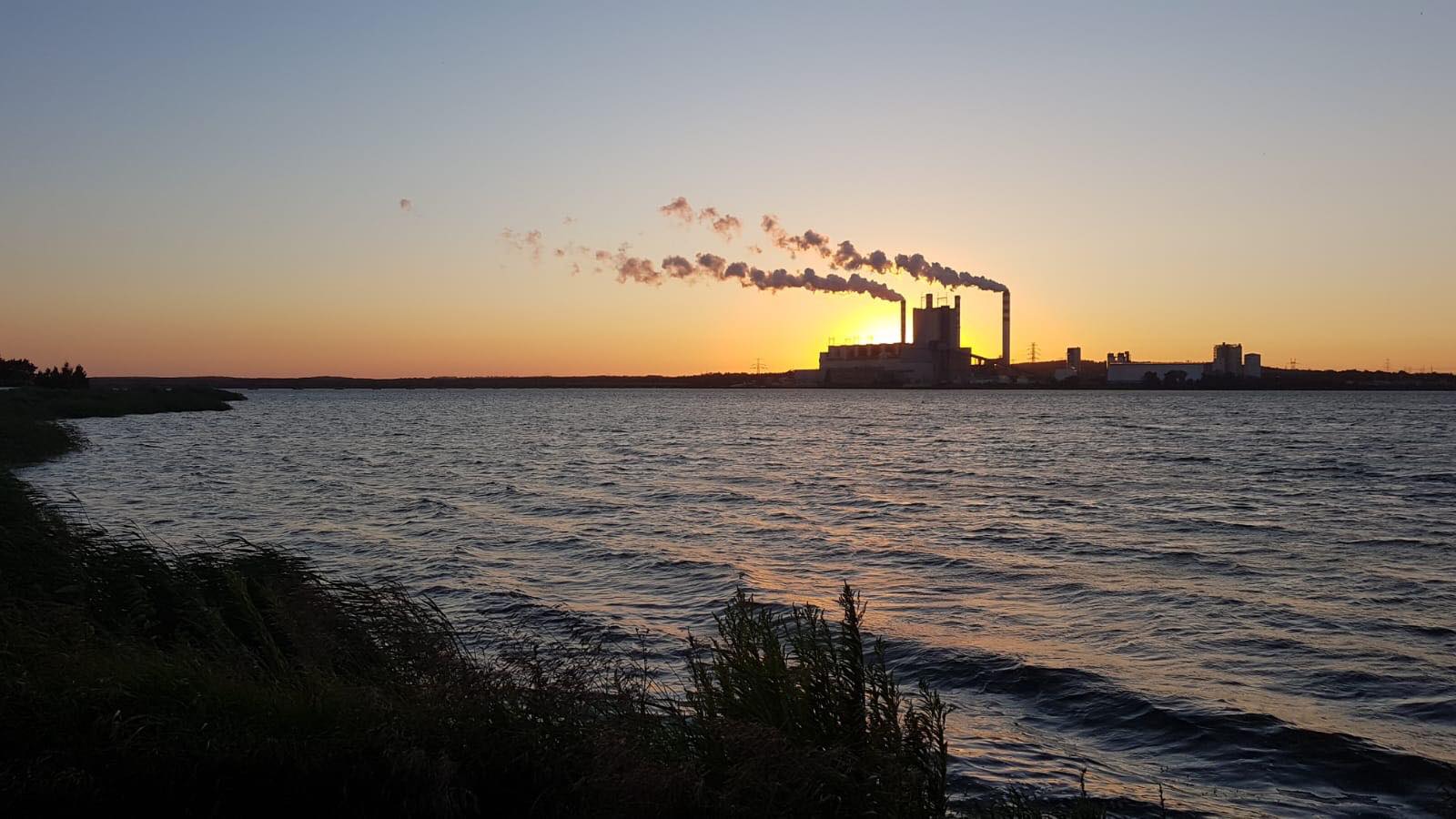Konin is a city located in eastern Greater Poland, near the center of the country. Until recently, the region was known mostly from the two power plants that generate electricity and heat from lignite – Pątnów and Konin, which together with the Adamów plant in Turek create the PAK power plant complex. Today, this area of Poland can be considered the forerunner of the energy transition process in Poland – writes the ZEOP association.
The power plants built between 1958 and 1974 had a significant share in the energy balance of the country with a generation potential reaching more than 2 GW of installed capacity (1200 MW Pątnów, 600 MW Adamów, 477 MW Konin).
The power plants, together with the open-pit mines supplying fuel to them, have permanently changed the landscape of this part of Greater Poland and Kuyavia. Smoking chimneys, huge holes in the ground-places where lignite is mined that have a negative impact on the level of water near huge lakes, including Gopło – are slowly beginning to fade into the past.
Currently, the region in the center of which Konin is located is a place of an ongoing energy transformation. Owned by the Capital Group of Zygmunt Solorz, PAK is gradually moving away from generating energy from lignite burning to biomass burning, and closing power plants and mines towards the implementation of the strategy announced on October 1, 2020, which aims to transform energy generation from coal to green sources.
The area, comprising the counties: koniński, kolski, słupecki and turecki covering 4.4 thousand square meters has been included in the energy transition process. Thanks to the efforts of local governments, the koniński district received EU grants from the Just Transition Fund. About PLN 1.7 billion is to flow from the European Union to transform the area affected by coal mines, create incentives for companies to invest in the Konin region and create new jobs, including for employees working at PAK power plants, and develop renewable energy sources.
The heavily expanded existing and planned transmission infrastructure, the space in the network that is slowing down due to the phase-out of coal-fired power plants have led to the dynamic development of renewable energy projects implemented by various national and international actors, often in the mining areas.
Around the now-defunct Adamów power plant, projects have been/are being implemented including by Energa from the Orlen Group, which has already built the Przykona Wind Farm with a capacity of 31.05 MW and photovoltaic farms with a capacity of more than 80 MWp (PV Gryf, PV Przykona, PV Mitra and PV Żuki). ZE PAK has built the Brudzew photovoltaic farm with a capacity of 70 MWp, while the Portuguese EDP Renewables is building a large-scale photovoltaic farm with a connection capacity of 200 Mwp in Przykona.
The green revolution is also taking place in the immediate vicinity of Konin. The Polish Lewandpol Group is building Solar&Wind Kleczew with a capacity of more than 200 MW (193 MWp of photovoltaic panels and about 12 MW in wind turbines). Developer Pad-Res has built a 35 Mwp Genowefa photovoltaic farm, while next door Danish company Better Energy has completed a 74 Mwp investment. Solar Kazimierz Biskupi, a company owned by ONDE and Neo Investment Group, is also preparing for the construction of renewable energy generating sources with a capacity of 150 MW.
The importance of this region on the RES map in Poland is also indicated by the involvement of one of the largest global investors in the industry – the Norwegian company Scatec, whose subsidiary PV Konin has recently obtained the terms of connection with a capacity of 350 MW. The renewable energy sources in this region will be stabilized by the planned energy storage facilities with a connection capacity of 200 MW.
The ongoing and planned energy investments will fundamentally change the region. Photovoltaic panels, wind turbines, energy storage facilities or, finally, the nuclear power plant with a planned capacity of 2,800 MW implemented jointly by ZE PAK, PGE and the Korean concern KHNP at the Pątnów power plant will make it an area of strategic importance for the state’s energy security, and the proximity of sources of stable and clean energy, the A2 highway crossing the region will attract industrial investments.
The energy transition of the region, supported financially by the European Union through the Platform for Mining Regions in Transition, is happening before our eyes. This will create new jobs and at the same time preserve the character of the region’s economy. At the same time, its landscape will change through the flooding of excavated sites and the expansion of the existing and interconnected complex of lakes, significantly increasing its tourist value.
Konin, as a kind of laboratory in which the processes determining the directions of the energy transition in Poland take place, must certainly be in the center of attention, and the conclusions drawn from the observation of the ongoing changes will allow us to more efficiently carry out the evolution towards a low-carbon economy across the country.









